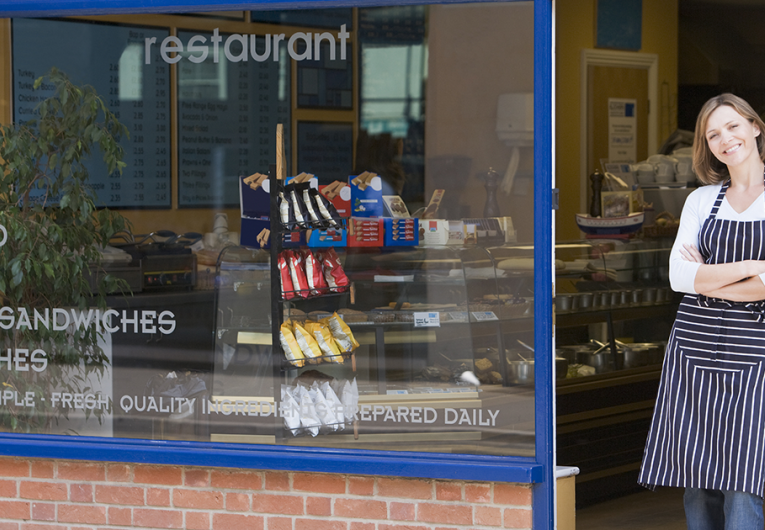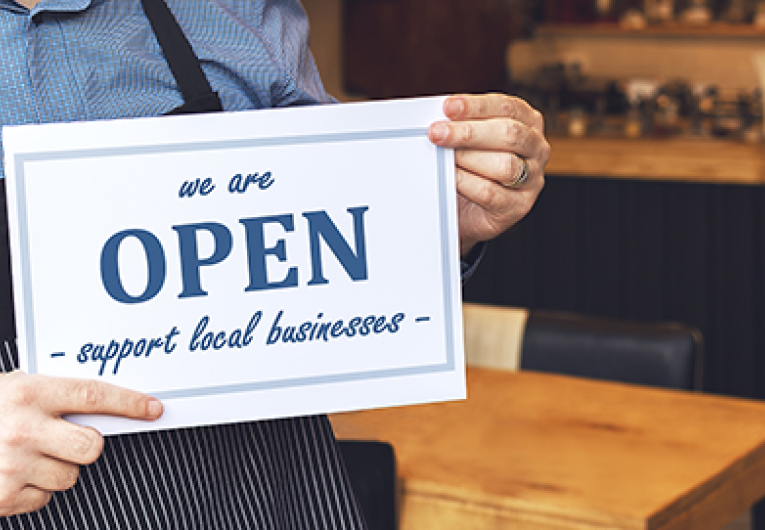
A Quick Look into Holiday Retail Trends to Help Boost Sales
Retailers have been busy readying for the upcoming holiday shopping season, making preparations from taking stock of inventory to reviewing pricing strategies to identify delivery plans.
Here's a peek at 3 retail trends shaping how small business owners are preparing for successful end-of-year sales.
New Shopping Patterns. Every retailer has a holiday prep list, including determining holiday promotions, marketing strategies, and inventory requirements. However, new purchasing trends and projections for 2022 are also being considered.
Retailers should prepare for an "extended e-commerce-driven season," says entrepreneur and executive coach Rhett Power in a post for Forbes.
"The biggest promotions of the year almost always occur over the Thanksgiving weekend. That hasn’t changed. What has, however, is the amount spent," writes Power, co-founder of Accountability Inc.
According to the Forbes blog, businesses made $33.9 billion in online sales between Thanksgiving Day and Cyber Monday last year, a 1.4 percent fall from the previous year. "Yet, at the same time, retail sales were higher than they were in 2020, up 17% in November and December 2021," he writes.
According to Insider Intelligence, the previous holiday season had the highest retail increase in more than 20 years, driven by robust e-commerce growth and rebounding brick-and-mortar sales.
"The 2022 holiday sales outlook is solid, but retailers will need to adapt to a fundamental realignment of the shopping season," explains a post by the market research firm.
"Two seasons of pandemic-driven holiday shopping will result in lasting changes to the holiday promotional calendar and reset consumers’ expectations around when to shop for the best deals."
Based on research, Insider Intelligence predicts a 2022 holiday season that will be "longer and flatter," with less concentrated spending during the "Cyber Five period."
Hybrid Shoppers and Timing. Digital transformation has changed how customers shop and the way businesses sell. This means planning for the early shoppers and the "hybrid" ones.
"With this year's predicted discount and promotion-heavy selling season, it's going to be more important than ever to reach your customers early, over a period of months, and not just during the mega-sales," writes Karin Tracy, head of Industry, Retail, Fashion and Luxury for Meta, in an article for AdWeek.
Mobile e-commerce has provided the ability "to shop before we shop," she adds.
"Who isn't guilty of a little "webrooming" to check things out before going into a store? This hybrid shopper journey starts well before actual purchase intent as customers keep a mental shopping cart of all the things they discovered in their social feeds."
According to a survey quoted in the article, online discovery influences both in-store traffic and purchases. Seventy percent of consumers said they made an in-store purchase after seeing a product on Facebook or Instagram, and 42 percent said they did so after viewing it on YouTube.
Shipping Options. While it's difficult for smaller businesses to compete with delivery prices and times offered by larger retailers, evaluating options is necessary for preparing for the season's online sales.
The one thing you can still do to help improve your 2022 holiday sales is re-evaluating your free shipping threshold, advises Maria Haggerty, CEO of Dotcom Distribution.
It is neither practical nor advisable to cover every customer's shipping fees unless you are a major retailer, Haggerty writes in a post for Inc.
Implementing a free delivery threshold is now common practice in e-commerce because it's financially viable for most companies and, when done correctly, mutually beneficial, she notes.
This is true, according to Haggerty, even if else has changed about your products.
"This minimum must be reconsidered from time to time to accommodate all the variables that do change, including supply chains, carriers, and, of course, customers."
In a study by Dotcom Distribution, which polled 1,150 consumers, 67 percent said they increased the number of products in their online shopping carts to get free shipping. "You can find similar outcomes in any recent study. It's more important to keep your firm competitive than to obtain a competitive edge by establishing a free delivery barrier."
The trends, insights, and solutions you need to grow your business.
By signing up, you’re subscribing to our monthly email newsletter, The
Wire. You may unsubscribe at any time.
Your information stays safe with us. Learn more about our privacy
policy.











![[#MSP_NAME#] Logo](/themes/sparklight_business/images/transition-logos/migration-banner-logo-[#MSP_CD#].png)
